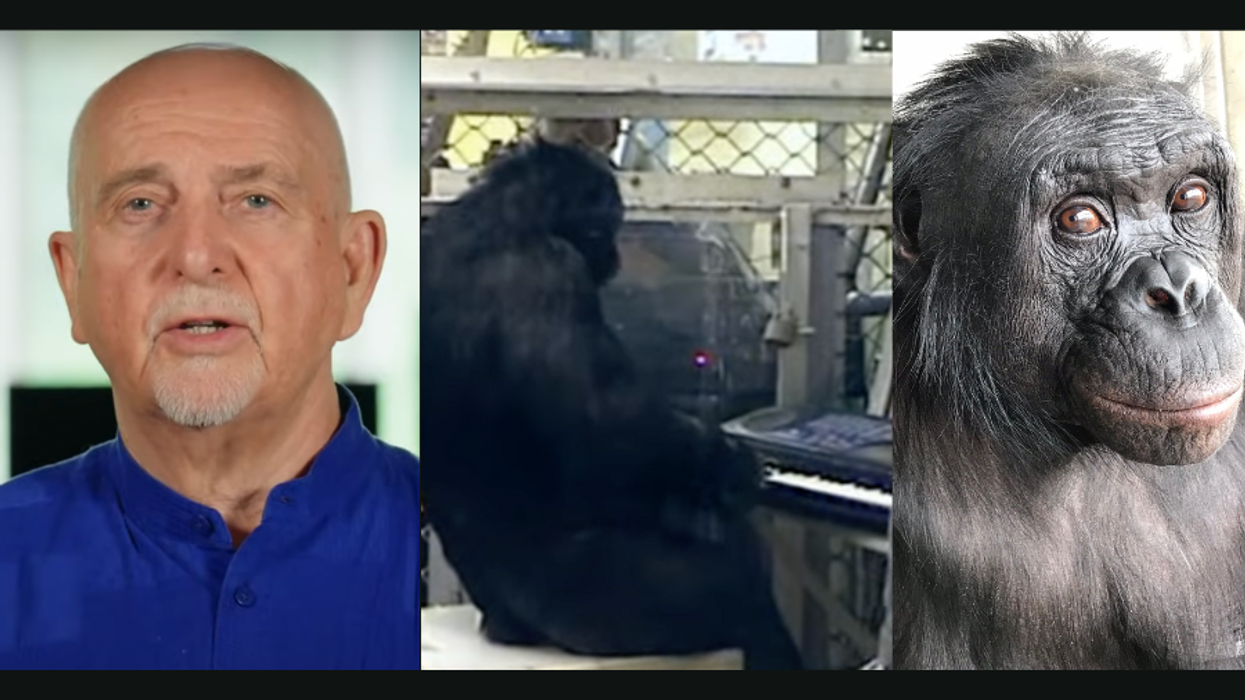[youtube]https://www.youtube.com/watch?v=30qNfzJCQOA
In 2010, I was driving to work at Flinders University in Australia and listening to the radio when the first reports of the great Haiti earthquake came in. I remember realizing that if communications systems were damaged, it would make life much harder for the already strained populace of Port-au-Prince, and for those seeking to help them recover in those immediate hours and days.
One aspect that particularly concerned me was that when communications were disrupted for more than a couple of days, no one could call for help—and even if they could, chances were that no one would come. I wanted to do something so that the unnecessary hardship that resulted from loss of communications following the earthquake in Haiti would no longer be repeated following every major disaster.
In the next few weeks, I had a soul-searching journey as I iterated through a number of ideas to deal with this problem. Eventually, I realized what was obvious in retrospect: the only reason the mobile phones people carry can't talk directly to each other is that they haven't been programmed to do so—they have the intrinsic capability—and that this needed to be corrected so that people could connect during times of disaster.
Using second-hand Android phones and some digital technology, I created software that lets smart phones act like 21st century walkie-talkie radios, relaying messages between them using mesh networking. Mesh networking is a fancy way of saying that the phones act as relays. Thus, even if the cellular network completely fails, people can still communicate locally by sharing information and coordinating their actions. I have named this technology the Serval Project, after a problem-solving and communicative African wildcat.
I firmly believe that Serval will have a profound impact on a large fraction of the world's population. By making free and open software that can be installed on people's phones before a disaster strikes, we can enable people to be better connected. After all, the number one priority for people after a disaster is to reconnect with loved ones and find out if they're safe. Once they know they're safe, they are emotionally freed to help others.
Of course, we cannot assume that everyone will have our software installed before a given disaster. So we have made the software so that it can be shared from phone to phone during a disaster, and so doing what seems all but impossible—deploying a communications network during the most intense early phase of a disaster. For people who don’t have their own phone, we have designed the software so that several people can securely share a phone, with each person’s communications kept encrypted when others are using it. In this way, we have tried to maximize the number of people that our software can help.
We also realized early on that it is not just people in disaster zones who would benefit from our technology. Those living in mobile black spots or completely out of cellular range would be able to enjoy mobile communications in a way that was previously impossible. Also, those unable to make regular use of their mobile phones would benefit by having a zero-cost means of local communications. The same also applies to people living under dictatorial regimes that illegally restrict communications by the local populace, as we have seen in various Arab Spring countries.
We see that the only way to ensure that this technology is available to all who need it, and can be trusted by those using it, is to make it free and open-source, so that people can use it, examine it, share it and improve it to meet their needs. This is why we are pursuing crowdfunding and philanthropic support rather than direct commercial investment to transform our existing experimental software into a finished product that is easily usable by the general public—and to design and manufacture low-cost extender units that increase the distance of communications by a factor of ten.
In short, we see our technology helping people get and remain connected—rich or poor, in a city or the desert, in peace time or during war.
Join our efforts through our Indiegogo campaign or download our app. Click here to say you'll DO it.
This project is part of GOOD's series Push for Good—our guide to crowdsourcing creative progress.













